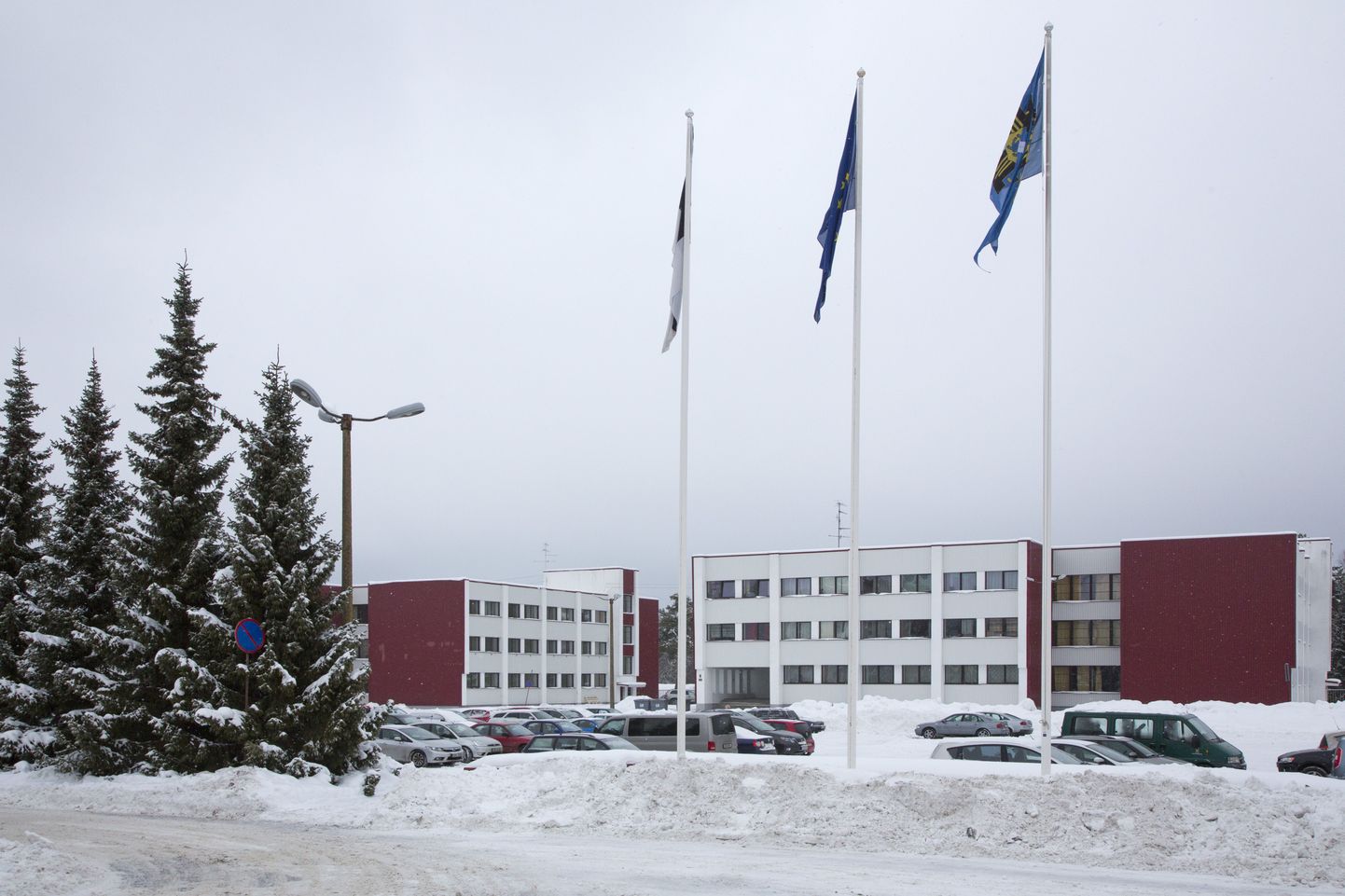The Ministry of Justice believes the interior ministry's estimate is insensibly expensive. First of all because construction prices would not grow as quickly, as well as because the academy can make do with fewer buildings and premises.
Rector Katri Raik disagrees. „It is not an ordinary building. It has a shooting range, security zones. I can practically put my neck on the line for the estimate,“ she countered.
Minister of Justice Urmas Reinsalu said there is no sense in talking about moving something else to Ida-Viru County because the security deficit in the area is considerable, and the school would communicate a message of the state's presence.
Talk of the internal security budget not being able to facilitate the move makes Reinsalu smile: „That is something from the genre of Gothic humor. Talking about the cost, it is the same in Ida-Viru County and Tallinn.“
Let it be said in the interest of accuracy that the interior ministry believes it would be 25 percent cheaper to build the new complex in Tallinn as the capital already has suitable sporting facilities and student homes.
Reinsalu also does not believe the move would entail a security risk. „The fear that young people from elsewhere in Estonia will not go to the academy just because it lies 40 leagues due east, and that this will cause a risk of one-sided national make-up – that argument does not fly with me,“ the justice minister said. „Opposition from the bureaucracy to these kinds of changes is entirely logical. It is nothing new.“

